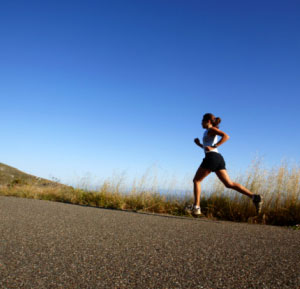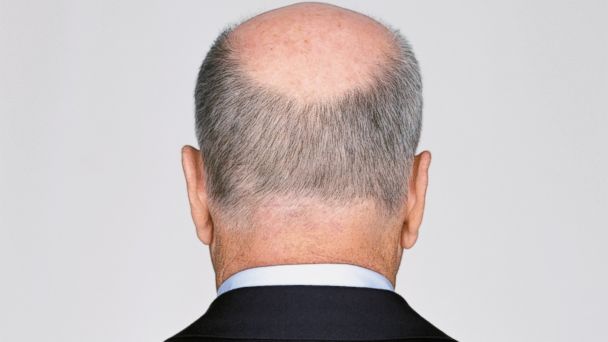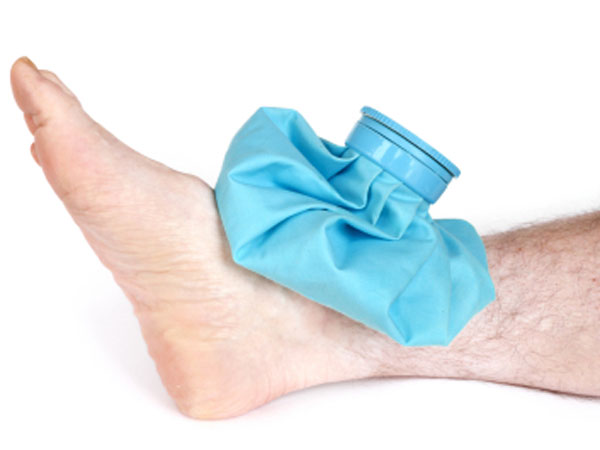If you’re like me, you love your protein supplements, but which is the best? Whey protein is said to be best for after workouts, while Casein is the “before bed” protein of choice, and then there’s soy (like anybody actually takes that). I personally take Whey and Casein, but some people can’t or don’t want to take two protein supplements (protein supplements are very expensive), so which is the most affective? In the past i’ve heard that whey is a fast digested protein so it’s best after a workout or before, while casein is best taken before bed because it is a slow digested protein (and I haven’t heard anything about soy really). Recent studies, however show there may be a clear winner in the protein supplement race, and whey is the strongest candidate.

So, is whey protein better than the rest? The null hypothesis here would be that whey and casein proteins yield the same results, so we would have to reject that hypothesis. A recent Study was published by the Journal of Applied Physiology that showed that while all proteins increased mixed muscle protein synthesis (MPS), whey works the best. The study took 18 males, 6 in each group and had them go through leg extensions with weight and ingest protein at rest and after their workout. The young men in the study drank 10g of protein; 6 drank whey, 6 drank casein, and 6 drank soy. So what did the study find? “MPS after consumption of whey was ∼93% greater than casein (P < 0.01) and ∼18% greater than soy (P = 0.067). A similar result was observed after exercise (whey > soy > casein); MPS following whey consumption was ∼122% greater than casein (P < 0.01) and 31% greater than soy (P < 0.05).” So basically, whey protein and soy protein produce better results when taken at rest and taken after a workout. That’s great but didn’t I ask if whey was the king of the hill? Don’t worry the data supported that theory too as you can see above and by the writing in the study: “We conclude that the feeding-induced simulation of MPS in young men is greater after whey hydrolysate or soy protein consumption than casein both at rest and after resistance exercise; moreover, despite both being fast proteins, whey hydrolysate stimulated MPS to a greater degree than soy after resistance exercise.” According to this study whey really did produce the best results in terms of MPS, which is the basis for building muscle in weight lifters. For young men at least, if you want to pick one protein go with a fast digested one, specifically whey protein.
Whey is better for young men according to one study, but what about older men? How do whey and casein compare in that scenario? The American Society for Nutrition observed this in their study. The study first stated that both proteins: “have been suggested to modulate postprandial muscle protein accretion.” Wait what does that mean? Postprandial muscle protein accretion is MPS, the repairing of the muscles. The study was designed so that “A total of 48 older men aged 74 ± 1 y (mean ± SEM) were randomly assigned to ingest a meal-like amount (20 g) of intrinsically labeled whey, casein, or casein hydrolysate. Postprandial mixed muscle protein fractional synthetic rates (FSRs) were calculated from the ingested tracer.” The older men were examined and the study found another similar result. “The peak appearance rate of dietary protein–derived phenylalanine in the circulation was greater with whey and casein hydrolysate than with casein (P < 0.05).” So the whey and casein hydrolysate preformed the best at their peak, but what was the best overall at repairing the muscles? “FSR values were higher after whey (0.15 ± 0.02%/h) than after casein (0.08 ± 0.01%/h; P < 0.01) and casein hydrolysate (0.10 ± 0.01%/h; P < 0.05) ingestion.” So whey again preformed the best in older men as well according the this study, so no matter what your age, if you want to increase strength and muscle take whey protein.

The findings in these two studies were enough to reject the null hypothesis that whey and casein proteins are equally as effective. Both studies showed that while each protein yielded positive results, whey protein produced the best results. Whey improved MPS and FRS while at rest and post workout. I highly doubt this issue suffers from the file drawer problem because many weight lifting gurus praise casein protein and would seek information to publish positive results about it. These findings are not due to reverse causation because both studies were done well and correctly. The pure true fact is that whey protein, no matter your age, has been proven to be the best for gaining strength and muscle growth. So if you can only choose one, next time you are at GNC reach for the whey and get the strongest protein on the market.








 The University of Oklahoma did a comprehensive study on sneakers in 1993. The
The University of Oklahoma did a comprehensive study on sneakers in 1993. The





